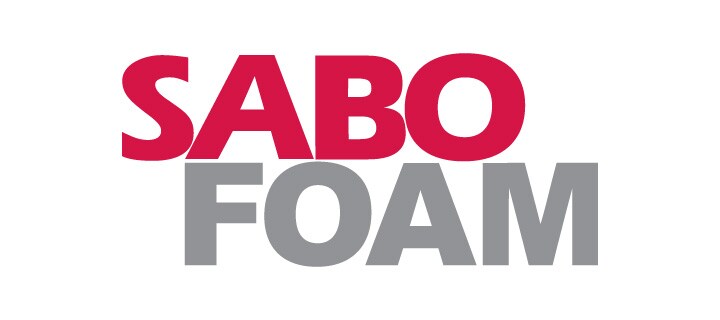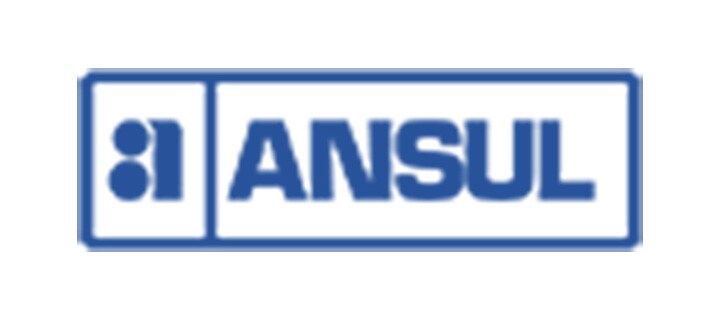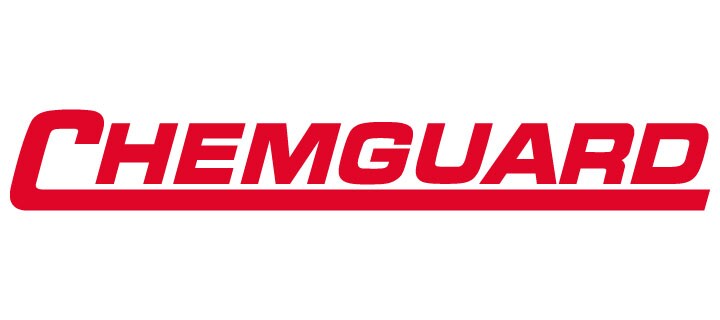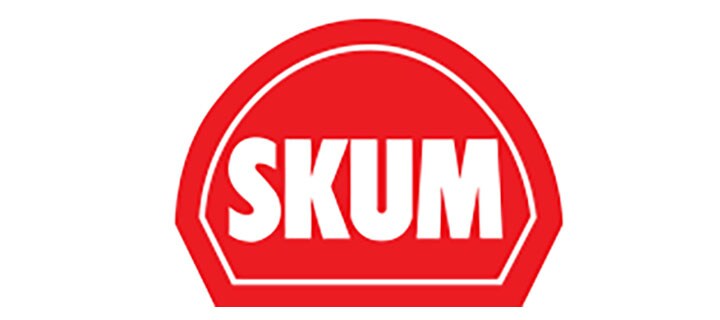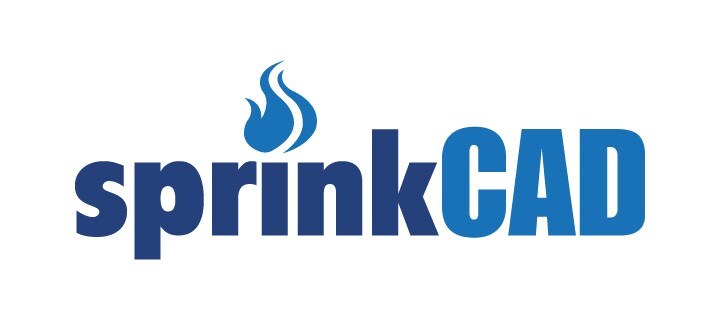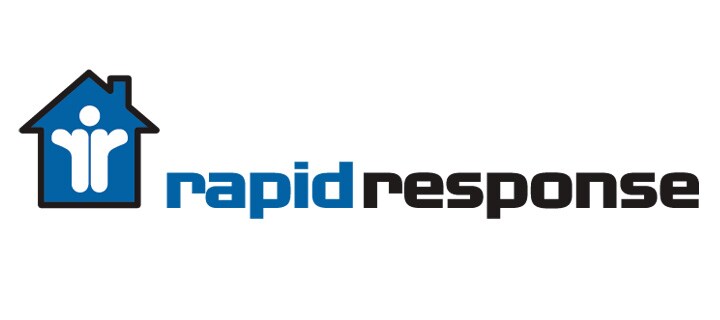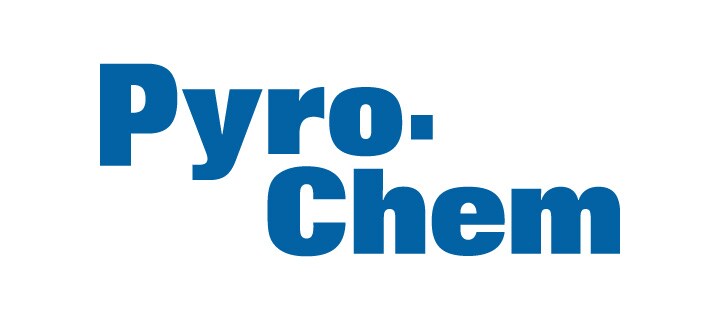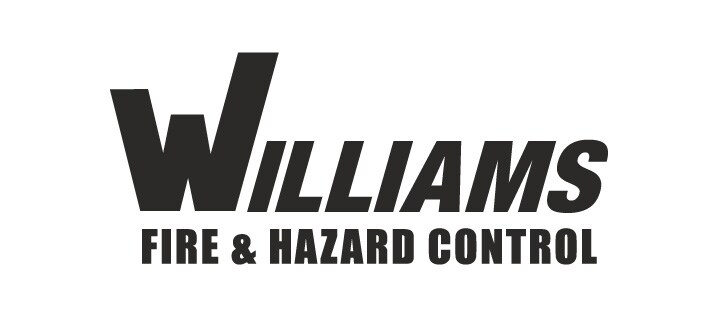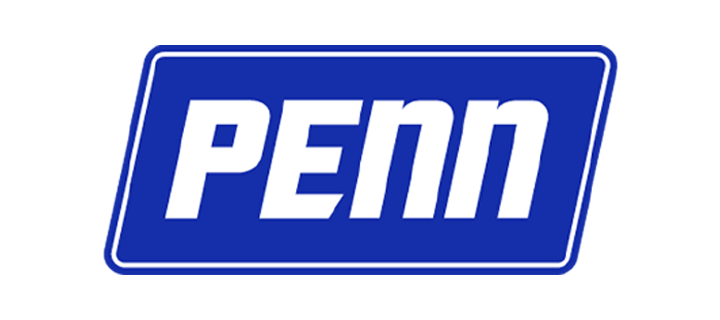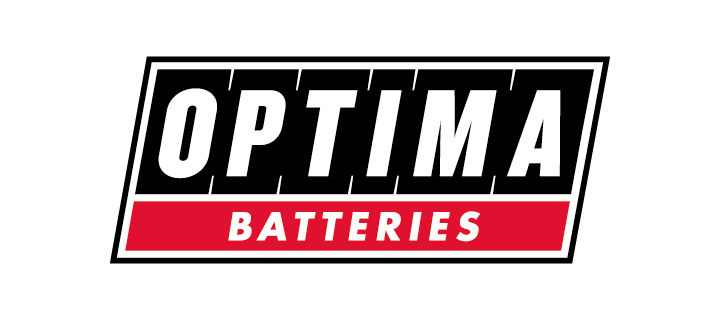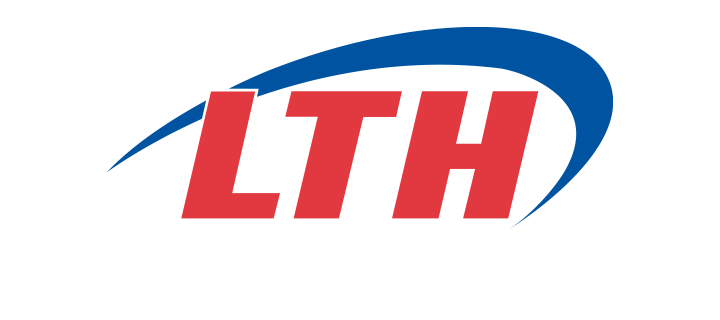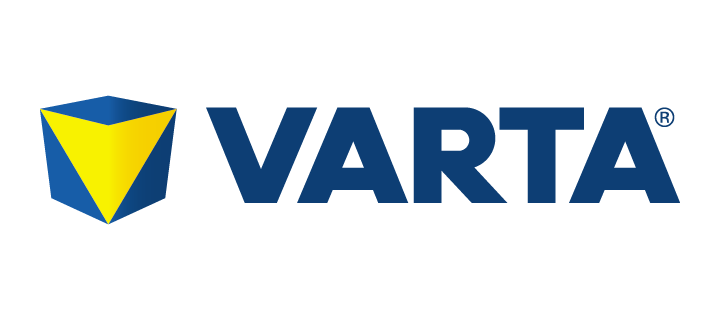Case Study
Vancouver International Airport
Vancouver International Airport (YVR) is the fastest growing North American west coast gateway and the second busiest airport in Canada. With the expectation of serving 16.9 million passengers in 2006 and handling 235,000 tonnes of cargo, Vancouver International Airport Authority is in the midst of a construction program that will see CDN$1.0-billion spent by 2010 on new and expanded facilities to help ensure the airport remains a premier global gateway.
Currently at capacity, YVR needed to expand in order to sufficiently handle the 21m passengers expected by 2013 as well as ensure it is fully equipped for the 2010 Winter Olympics. To meet these expectations, YVR has embarked upon its capital program with a two-phased expansion of its International Terminal Building (ITB) to include a new “West Wing.” The first phase, scheduled for completion in spring 2007, will add four new wide-body gates, two of which can accommodate the new Airbus A380. The second phase, an additional five gates, could be completed as early as 2011.
Program Security Implications
YVR has been successfully using a CEM access control system for over eight years. With the expansion of the ITB under way, CEM was approached not only to secure the new West Wing, but also to conduct a major upgrade of the existing system to the powerful and fully integrated CEM AC2000 system.
A $500K USD order included the upgrade of over 380 existing card readers as well as the supply of over 120 additional CEM S600s readers for the West Wing. As part of the project, CEM conducted firmware customization to the intelligent S600s reader as well as modifying the hardware on the CEM DCM 150 door controller to create specially requested YVR door control modes.
S600s Reader
The S600s reader proved ideal for YVR with its on-board database for offline validation, its LCD for visual display of reader messages, and its keypad feature to allow operations to be performed at reader level. With the ability to validate cards offline, YVR operations can continue as normal even in the event of host communication being temporarily lost.
It was requested that YVR cards issued by CATSA (Canadian Air Transport Security Association) be readable on the YVR access system. This request was easily fulfilled with the S600s reader able to concurrently read both existing YVR proximity technology cards as well as the cards issued to CATSA screening officers.
Apron Drive Bridges
The S600s reader is also securing bridge drive controls so that only approved personnel may operate the bridge. Bridge exits to the apron are also secure to allow aircrew without cards to access the apron for aircraft inspection. Ramp staff may also access the apron or enter the bridge via a “Restricted Area Pass” (RAP) which not only meets YVR security standards, but also the Transport Canada Airline Security Measures.
Customized Door Modes
In addition to the CEM S600s standard reader modes such as Door, Passenger, and Lobby mode, CEM conducted customization of the S600s reader firmware to include a site-specific mode for airline staff, Panic Bar mode, and the remote cancellation of panic alert sounders. This means that although alarm and alert sounders can be cancelled remotely, an alert strobe remains flashing until cancelled by a valid card swipe, ensuring the full investigation of all alarms.
Further customization of the CEM DCM 150 door controller was also performed to create a permanent sounder mode on non-critical door entry areas where third-party readers are installed.
Remote Cancellation and CCTV Integration
Remote cancellation of alarms is performed using the CEM AED (Alarm Event Display) module, which allows security staff to view devices and all alarms/sounders via graphical maps of the airport. In the case of a door forced/left open, staff can zoom into the alerted area and instruct the access control system to display images from the corresponding CCTV camera.
Lift Control
CEM lift controller hardware seamlessly secures all elevators in the new international wing with lift movement determined by card swipes. Baggage Intake Doors and Oversize Baggage Roll-up doors are also controlled using the external “Equipment Control” feature on AC2000.
Seamless Security Upgrade
With the airport operational 24 hours a day, seven days a week, CEM designed a seamless and convenient upgrade with both the new and existing access systems running in parallel prior to the new system migration. Using CEM S9032 controllers, YVR was able to use existing cabling in order to minimize disruption and maintain efficient passenger throughput.
The upgrade also included the supply of failover dual redundant servers to enhance system resilience and the CEM VIPPS (Visual Imaging & Pass Production System) to create professionally designed cards for the 21,000 YVR employees that have restricted area passes.
Future
With the future in mind, YVR has plans to further expand the access system upon completion of a new $125 CND “Link Building” with additional plans to use the AC2000 system to include Vehicle, Lane Control, Car Park, Taxi Management, and Biometric support. CEM will continue to offer its consultative services to YVR during its multi-phased expansion plan, helping YVR restrict access to airport locations for operational, safety, and security reasons; helping make YVR one of the most secure airports in the world.








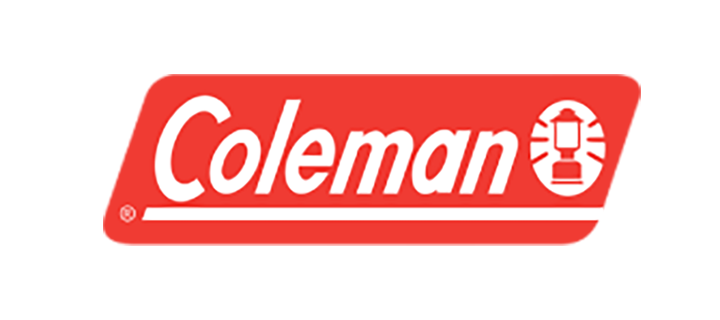



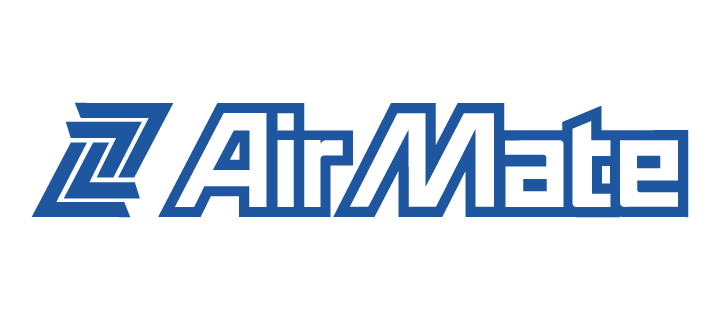

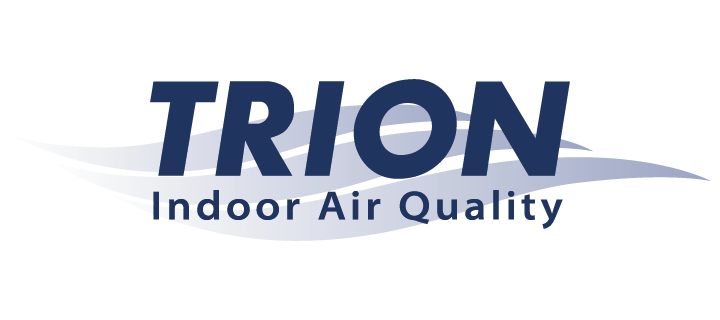

.jpg?la=en&h=310&w=720&hash=8D9823F26AA80B2B75C3E4B2E61770DC)

.png?la=en&h=320&w=721&hash=DBE19054245A42166662900C95711F6A)


.jpg?la=en&h=320&w=719&hash=13CA7E4AA3E453809B6726B561F2F4DD)
.jpg?la=en&h=306&w=720&hash=F21A7CD3C49EFBF4D41F00691D09AEAC)
.png?la=en&h=320&w=720&hash=18CFCCD916C92D922F600511FABD775D)
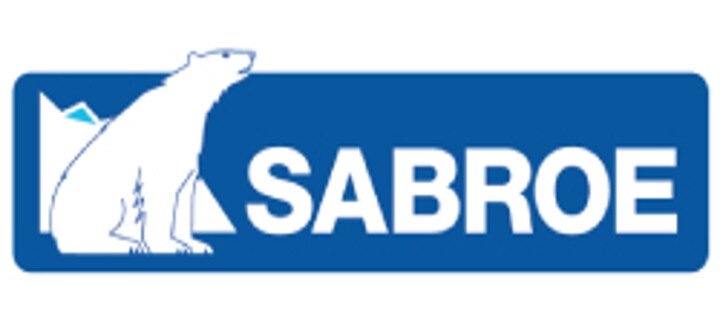



.jpg?la=en&h=320&w=720&hash=244C75B74F0F77521D56164450973BCD)
